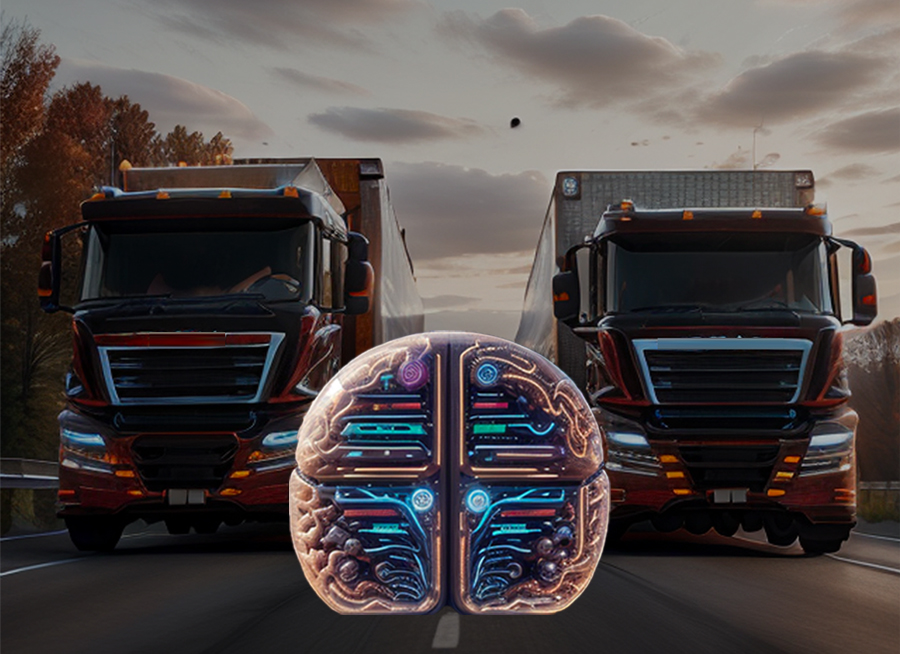
The field of artificial intelligence is evolving rapidly with the rise of large language models (LLMs) capable of natural language interactions. Commonly referred to as generative AI, these new systems have immense potential to change how businesses operate. When given access to a broad set of unified fleet data generated by diverse fleet technology solutions, generative AI has the potential to revolutionize fleet management through personalized AI fleet management assistants, advanced business intelligence capabilities, and the automation of complex processes.
Traditional vs. Generative AI
Traditional artificial intelligence systems are designed to achieve specific tasks by analyzing large amounts of data and creating statistical models. Generative AI is different – it is pre-trained on vast amounts of online text, enabling it to ‘understand’ language like humans. This bridges the gap between humans and computers and enables generative AI to tackle a much wider range of challenges through natural language interactions instead of requiring new programs or models to be developed. This development will have massive impact on many industries in a short time frame, including fleet management.
The Challenge of Siloed Fleet Data
One of the biggest headaches for fleets is making sense of huge amounts of data coming from a variety of disconnected solutions such as telematics, maintenance, fuel cards, toll payments, driver logs, safety solutions, route optimization, driver training and more. Each of these systems generates valuable data, but stores data independently in siloes without a common framework. As a result, fleet managers struggle to uncover holistic trends and optimize operations based on the full picture. A recent industry survey found that 46% of fleets use more than 10 technology solutions to manage operations while 30% say they are using too many solutions to count. Another recent survey found that 48% of fleet managers say that the most helpful technology would be one platform that provided all the information they needed to manage their fleet in one central place.
First Step: Unifying Data
Like human fleet managers, Generative AI fleet management assistants or ‘agents’ would need access to unified fleet data across technology and business solutions to help achieve business goals. Connected-vehicle data alone isn’t enough for making smart recommendations and optimizing fleets. Unifying data from a broad set of solutions used by fleets and normalizing it around fleet assets can be done using flexible data platform designed from the ground up for such a task.
Harnessing the Power of Personal AI Fleet Management Assistants
Once data from a broad set of solutions is brought together, generative AI ‘agents’ can be trained in fleet management basics using simple human language, so they can act as AI assistants for fleet operators, alerting them on key issues, making recommendations, and automating processes. These assistants can then be coached on the unique business environment, rules, and context of each fleet. The result is a new level of flexibility that addresses the current challenge – fleets are all different from one another, and often one-size-fits-all solutions miss the mark. As AI assistants learn from ongoing human feedback, their value increases over time and becomes an extremely powerful tool for achieving business goals.
Conclusion
Generative AI is a game changer that will transform fleet management. The key to unlocking this unique business value is the unification and normalization of data from different fleet solutions. It also takes development of frameworks for running fleet management AI ‘agents’ and facilitating smart two-way interactions with fleet managers and other company operators. As we tap into the power of Generative AI, the future of fleet management brings the promise of timely and applicable insights, flexibility, and unprecedented efficiency.
More to come – stay tuned for our next blog on Gen AI’s impact on fleet management
